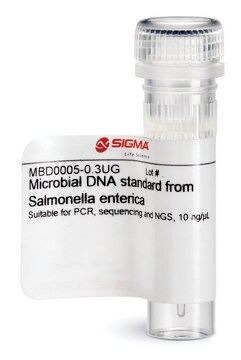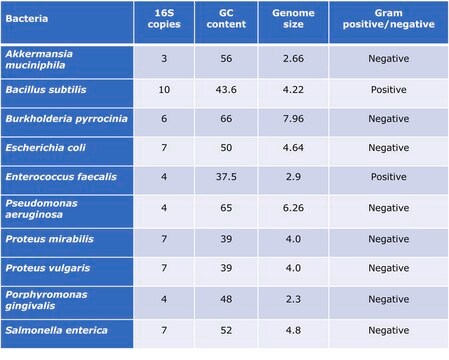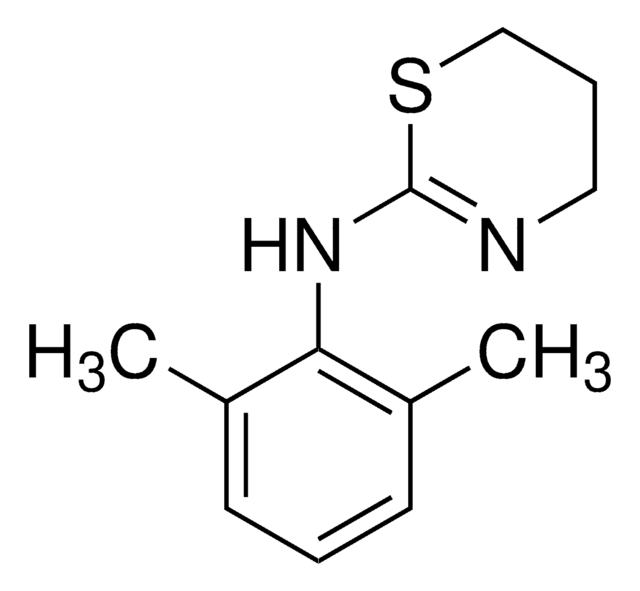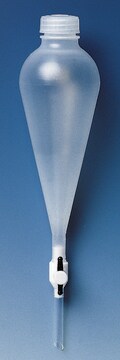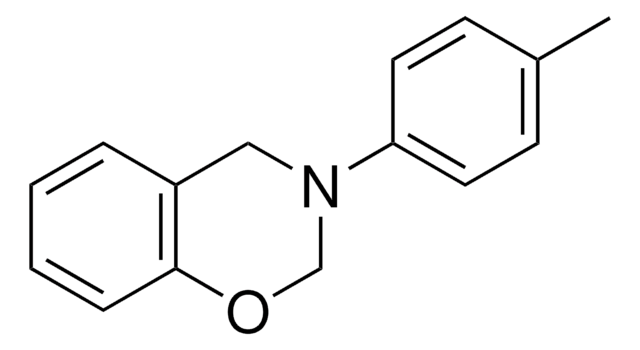MBD0004
Microbial DNA standard from Porphyromonas gingivalis
Suitable for PCR, sequencing and NGS, 10 ng/μL
Anmeldenzur Ansicht organisationsspezifischer und vertraglich vereinbarter Preise
Alle Fotos(1)
About This Item
UNSPSC-Code:
41105500
NACRES:
NA.24
Empfohlene Produkte
Qualitätsniveau
Form
liquid
Konzentration
10 ng/μL
Methode(n)
DNA extraction: suitable
DNA sequencing: suitable
PCR: suitable
Versandbedingung
ambient
Lagertemp.
−20°C
Verwandte Kategorien
Allgemeine Beschreibung
Standardization of sample analysis is currently needed in microbiome genomics research workflow. Lack of standardization can lead to biases and errors in common processes during sample preparation and analysis such as sample amplification, sequencing and bioinformatics analyses.1 Prophyromonas gingivalis genomic DNA microbial standard can serve as standard for benchmarking the performance along the workflow of microbiomics or meta-genomics analyses and as a tool to increase reproducibility and allow comparison of results obtained by different labs.
Porphyromonas gingivalis, is a gram negative bacterium which is an etiologic agent of adult periodontitis, a chronic inflammatory disease characterized by the destruction of the supportive tissue surrounding teeth. Studies have shown that LPS from P. gingivalis plays an important role in this disease. 2-5 The association of the oral microbiota, including P. gingivalis, with various pathological states has been reported. These include development of Alzheimer′s disease6, role in oral cancers7, preterm birth8 and rheumatoid arthritis.9
Read here how to use our standards to ensure data integrity for your microbiome research.
Anwendung
Suitable for Quantitative standard for PCR, Sequencing and NGS
Leistungsmerkmale und Vorteile
- Individual microbial standard for microbiomics and meta-genomics workflow
- Suitable standard for PCR, sequencing and NGS
- Improve Bioinformatics analyses
- Increases reproducibility
- Compare results lab to lab
Physikalische Form
The genomic DNA is provided at ≥10 ng/μl concentration in TE buffer pH 8.0.
Sonstige Hinweise
It is recommended to avoid freeze thaw cycles of this product.
Lagerklassenschlüssel
12 - Non Combustible Liquids
WGK
WGK 1
Flammpunkt (°F)
Not applicable
Flammpunkt (°C)
Not applicable
Analysenzertifikate (COA)
Suchen Sie nach Analysenzertifikate (COA), indem Sie die Lot-/Chargennummer des Produkts eingeben. Lot- und Chargennummern sind auf dem Produktetikett hinter den Wörtern ‘Lot’ oder ‘Batch’ (Lot oder Charge) zu finden.
Besitzen Sie dieses Produkt bereits?
In der Dokumentenbibliothek finden Sie die Dokumentation zu den Produkten, die Sie kürzlich erworben haben.
Zijian Cheng et al.
Best practice & research. Clinical rheumatology, 31(1), 19-30 (2017-12-10)
There is an epidemiological association between periodontitis and rheumatoid arthritis (RA), which is hypothesised to lead to enhanced generation of RA-related autoantibodies that can be detected years before the onset of RA symptoms. Periodontitis is a common dysbiotic disease; tissue
Charles M Cobb et al.
International journal of women's health, 9, 551-559 (2017-08-30)
Significant evidence supports an association between periodontal pathogenic bacteria and preterm birth and preeclampsia. The virulence properties assigned to specific oral pathogenic bacteria, for example
Pourya Gholizadeh et al.
Biomedicine & pharmacotherapy = Biomedecine & pharmacotherapie, 84, 552-558 (2016-10-04)
The oral cavity is inhibited by many of the bacterial species. Some of them have a key role in the development of oral disease. Interrelationships between oral microbiome and systemic conditions such as head-and-neck cancer have become increasingly appreciated in
Periodontal disease.
R C Williams
The New England journal of medicine, 322(6), 373-382 (1990-02-08)
Biology of asaccharolytic black-pigmented Bacteroides species.
D Mayrand et al.
Microbiological reviews, 52(1), 134-152 (1988-03-01)
Unser Team von Wissenschaftlern verfügt über Erfahrung in allen Forschungsbereichen einschließlich Life Science, Materialwissenschaften, chemischer Synthese, Chromatographie, Analytik und vielen mehr..
Setzen Sie sich mit dem technischen Dienst in Verbindung.

